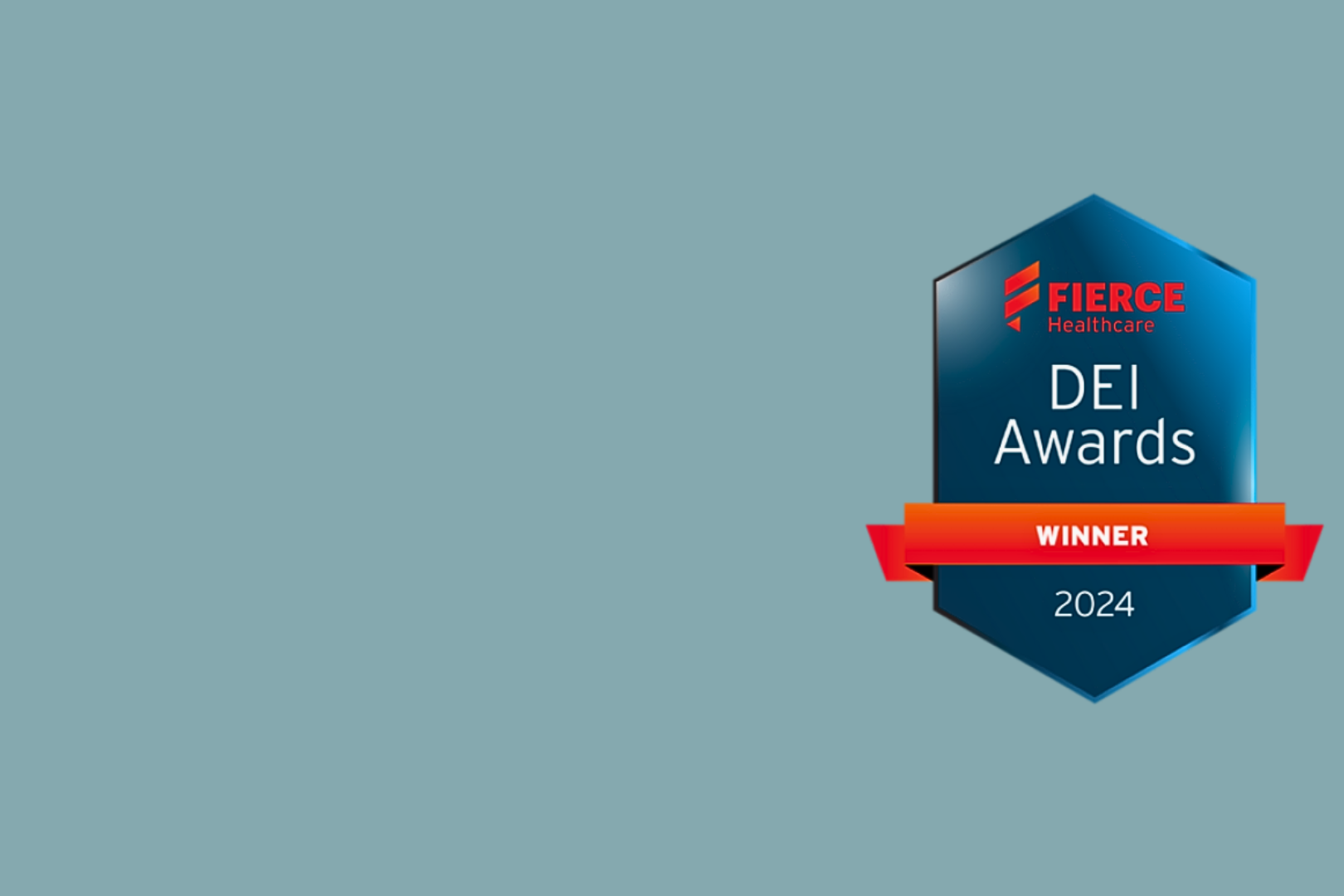When patients and their support systems share their experiences, it humanizes health conditions, making them more relatable and impactful. Personal stories also help foster a deeper emotional connection between the audience and the subject matter.
Jumo Health’s signature “In My Shoes” videos provide invaluable insights into the real-life implications of a condition or treatment, illustrating the challenges and triumphs that aren’t always evident in data alone. By highlighting individuals’ journeys, we can create a more empathetic and comprehensive understanding of the condition, ultimately driving greater engagement, support, and advocacy.
Furthermore, personal stories can offer hope and encouragement to others going through similar experiences, demonstrating that they aren’t alone and have a path forward. This emotional resonance can be incredibly powerful for those considering joining a clinical trial and the broader community.
To get a glimpse into our process, keep reading!
The Process Behind Creating An Impactful “In My Shoes” Patient-Story Video:
Prepping For The Shoot
We start the process for every “In My Shoes” video by talking through the video so that everyone involved clearly understands the overall purpose. Once we fully grasp the need, medical writers begin crafting interview questions. Questions include a person’s hobbies and interests, their experiences before and after diagnosis, and if they have any advice to share. By asking these types of questions, we better understand the person we’re featuring beyond their medical condition.
One of our senior medical writers, Erica Salerno-Sabastiani, said, “I love working on projects like this. As a person with chronic medical conditions and the caregiver of a child with chronic medical conditions, I believe it’s important to get personal stories out there to raise awareness, stir empathy, and remind people that everyone’s struggling with something, even if you can’t see it.” She added, “Our videos also help validate caregivers’ experiences, and that’s just as important.”
Shoot Day
Our team is usually the first to arrive at the location on the day of the shoot. We use this time to ensure the equipment is set up correctly. By the time we’ve adjusted the lights, completed a soundcheck, and framed our picture, the participants have arrived, and we’re ready to break the ice and get started. Jesse Jankewicz, Director of Videography & Animation, goes out of his way to set everyone at ease, “I usually meet with the participants as soon as they arrive and just chit chat for a bit to get them comfortable with me. I’ll try to make some jokes or lighthearted quips about what we’re doing just to keep the mood light.”
This lighthearted banter relaxes the overall vibe of the set. It also opens up the participants in a natural way so that when they’re answering the questions, it feels more like a conversation versus a straight interview. “The most fulfilling part of my job is being able to tell someone’s story. I love meeting and talking with people. Many of the people we serve have had to overcome tremendous obstacles in their lives. It’s a privilege to be able to share their stories through a visual medium.”
When the interview portion of the video is complete, Jesse and his team tackle capturing b-roll. B-roll is footage that typically depicts elements of the story a participant shares, or shows the participant in their daily life. “We try to capture b-roll that’s unique to the person or re-enact a part of the story they’re telling,” Jesse said.
Editing It Together
When the footage is captured, we get the complete transcription of everything said during the day of filming. The transcription itself can be up to 50 pages. To trim the content down to the allotted time of the video, typically between two and five minutes, our Director of Creative Copy, Rachel Wilson, and our editor, Riley Brunner, go through every line, pulling out the key scenes that bring the participant’s story to life.
Rachel begins by reviewing each piece of captured dialogue before trimming it down word-for-word until it tells a cohesive, heartfelt story. “When going through the transcripts I look for those pivotal storytelling moments that speak to the heart of a person’s experience.”
Meanwhile, our editor, Riley, looks at the raw footage from a visual storytelling perspective, looking at the interview portion of the footage as well as any b-roll captured. B-roll is the unsung hero of most videos. It also gives the viewer a visual break and helps to keep them engaged. “Sometimes it’s hard to edit a story together that we don’t have any actual footage of, so we rely on B-roll to fill in some of those gaps with imagery that matches the person’s emotion as they’re telling us their story.”
Finishing the Video
Once the raw footage is cut together, Riley begins her music search. The right music drives the story forward and keeps the video engaging. “Like any good plot, music usually has a beginning, middle, and end–even if it’s just three minutes. If you can select music that builds with the story, then you’re adding a level of depth that really keeps people engaged. From an audience perspective, music helps set the tone for a video.” The result is a video that resonates with patients, their caregivers, and the community, helping to bring awareness about a specific condition or disease to more people.
What Participants & Clients Are Saying
A very special participant in one of our “In My Shoes” videos, LaToya Bolds-Johnson, featured in a video for a clinical study researching breast cancer, has been an ally and advocate for diversity in clinical trials and telling patient stories. For her, being in a clinical trial is like “a medical trust fund for my three daughters. If my body is researched, then I know my DNA is studied in an effort to help reach a goal to end TNBC (triple negative breast cancer) for my daughters and future generations.”
Amy Vassel, Clinical Program Leader, U.S Medical Affairs, Oncology Clinical Operations at Genentech, shared her thoughts on the “In My Shoes” video LaToya was a part of, “Shooting the video with Jumo Health was special because of the professionalism, creativity, patience, and the care that the Jumo Health team took that day. This video highlights the importance of listening to patient stories. LaToya’s incredible story taught us what we as an industry need to work on to ensure patients like her are offered the opportunity to participate in clinical trials.”
Receiving feedback like this is incredibly important to our team. We believe that genuine patient stories have the power to raise awareness about conditions and offer solace to others going through similar experiences, and our multidisciplinary team has the skills, compassion and vision to bring these stories to life.
To learn more about our video capabilities, check our website or message us by clicking here.


